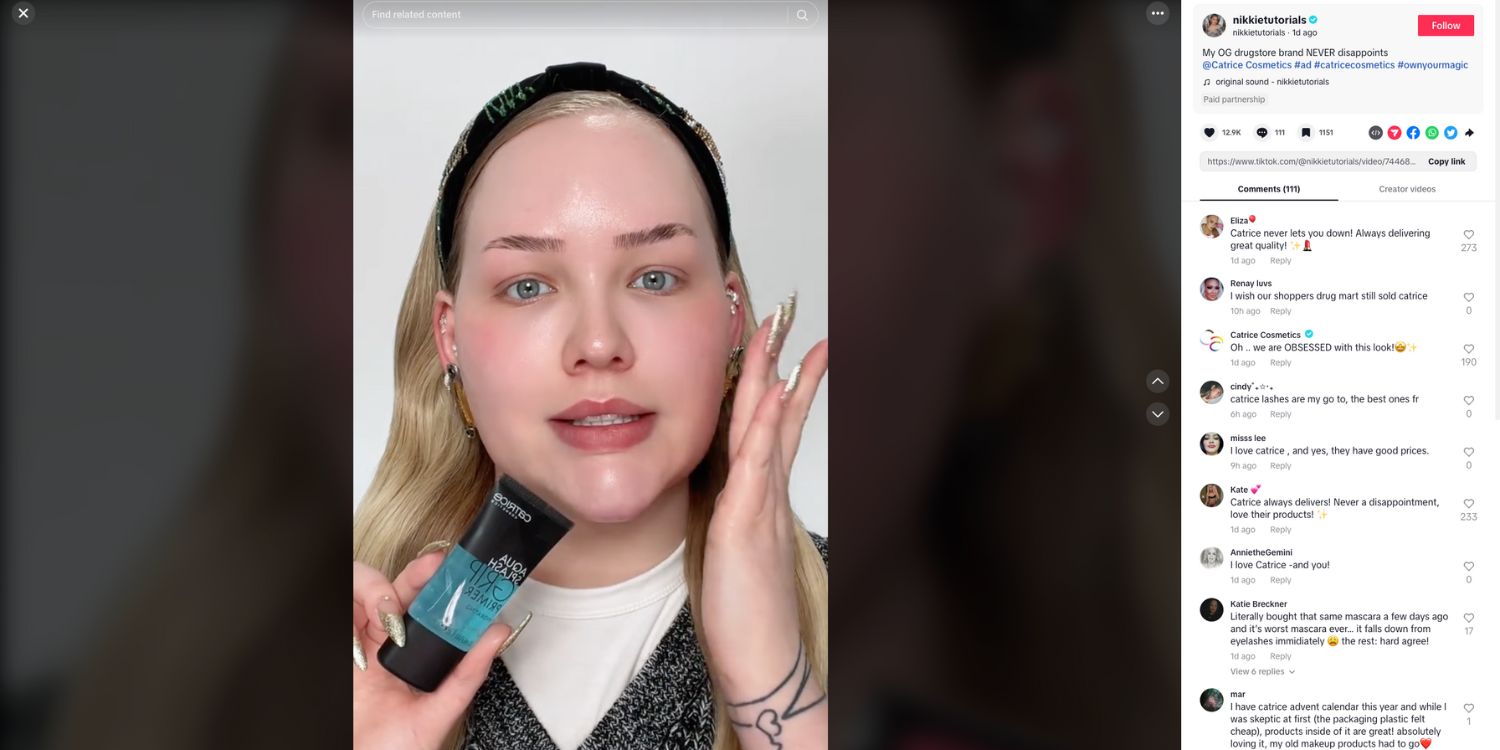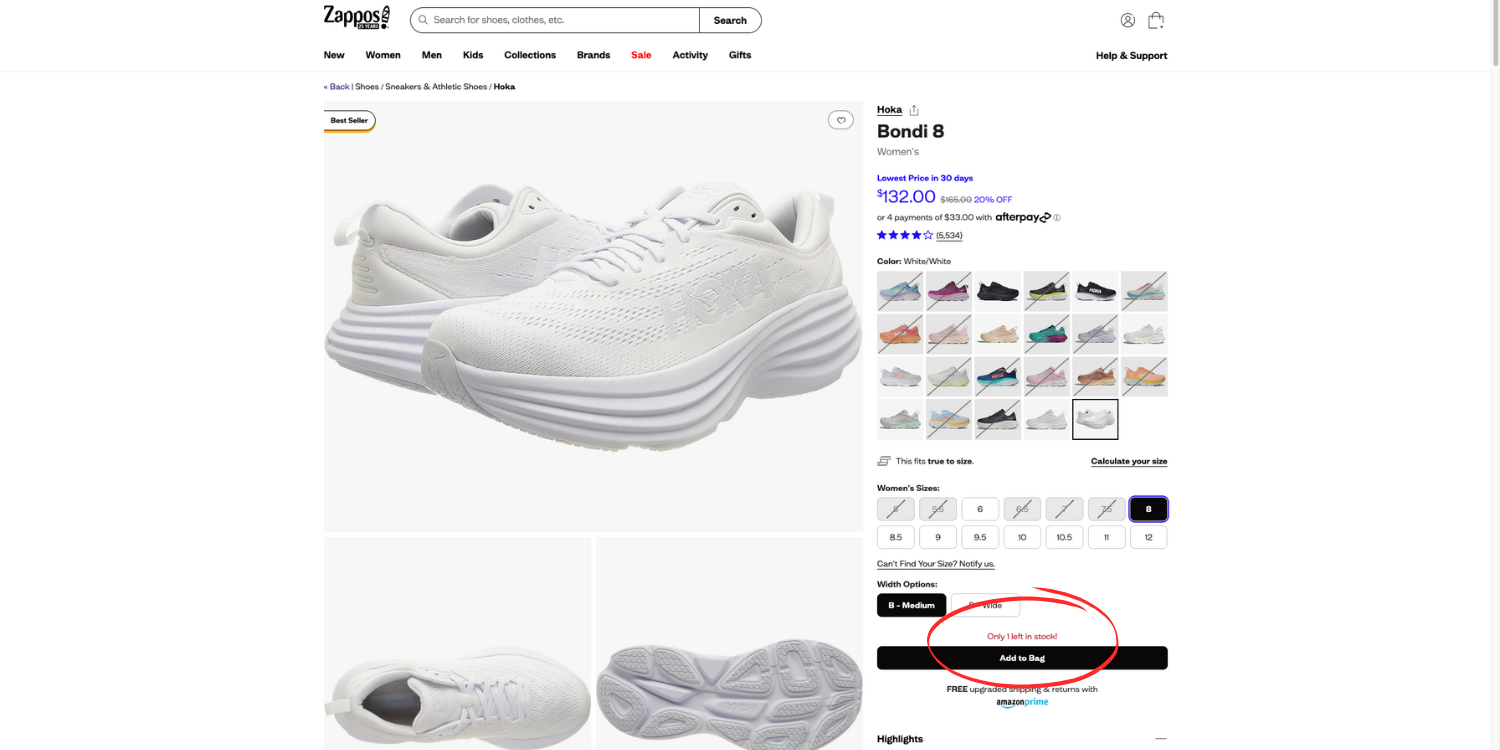People don’t buy just because something is cheap or looks cool in an ad. Emotions, habits, and outside influences play a huge role. Some buy on impulse, others overthink every detail. So what really makes someone say, “Okay, I’m getting this”? And as someone managing an ecommerce business, understanding what drives people to buy, your potential customers’ buying motivations—and finding the right way to connect with them is critical.
If you can identify what makes customers say “yes,” you can create a sales strategy that feels natural and persuasive—without being pushy. Let’s explore the psychology behind buying behavior and how to use it to build trust, encourage action, and boost sales.
Why do people buy? The psychology behind buying motivations
Buying isn’t always a logical process. More often than not, emotions and subconscious cues take the lead. When you understand why people buy, you can create a strategy that truly speaks to them.
The three biggest buying motivations
Every purchase has a reason behind it. Here are three of the most common factors that drive buying decisions:
- The need for the latest and greatest: Some customers want to be ahead of the curve. If your product is innovative, solves a problem in a fresh way, or offers something unique, these buyers will take notice.
- The search for convenience: People want solutions that make life easier. If your product saves time, reduces stress, or simplifies a task, you already speak their language.
- Getting the most bang for their buck: Smart shoppers don’t just go for the cheapest option — they want the best deal. Whether that means durability, premium features, or extra perks that make their purchase worthwhile.
Now that you know why people buy, the next step is speaking their language and tailoring your sales approach. A generic, one-size-fits-all strategy won’t cut it—let’s make your messaging more personal and effective.
Customizing your sales approach
No two customers are the same, so why treat them that way? When your approach matches their priorities, they feel understood—and that makes them more likely to buy.
Speak their language
Forget one-size-fits-all marketing. The best way to connect with your audience is to tailor your message to what matters most to them.
Selling innovation? Show how your product is ahead of the game.
Promoting convenience? Emphasize how effortless it makes their life.
Pro Tip: Use data from past purchases or customer behavior to personalize your messaging. People respond better when they feel like a brand “gets” them.
Show why you are the best choice
Your product’s standout qualities should align with what your audience cares about most.
- For budget-savvy buyers: Focus on quality, affordability, and long-term savings.
- For convenience seekers: Highlight ease of use and time-saving benefits.
When your product is the perfect solution to their problem, you’re not just selling—you’re providing value.
Beyond individual preferences, people are also influenced by the world around them. Social proof, trends, and recommendations can be as powerful as a well-crafted sales pitch.
How social influence affects buying decisions
Even when we think we’re making independent choices, we’re often influenced by what’s happening around us.
The power of social proof

Ever picked up something because a friend swore by it or an influencer couldn’t stop talking about it? That’s social proof at work.
Reviews and testimonials build trust. Seeing others have a positive experience makes people feel more confident buying.
Influencer endorsements add credibility. If a trusted voice backs a product, people are likelier to give it a chance.
Trends and FOMO (Fear of Missing Out)

No one likes missing out—whether it’s on a trending product or a deal that’s about to expire. That’s why FOMO is a powerful driver of buying decisions.
- Hype drives demand. Think about how fast viral TikTok products sell out.
- Social media fuels purchases. Smart brands tap into trends to turn buzz into real sales.
- Limited-time offers create urgency. When customers see “only a few left” or a deal ending soon, it triggers an instant need to act—because who wants to miss out on something great?
FOMO works because it encourages people to make decisions quickly instead of overthinking. But for it to feel genuine, it has to be real—customers can sense when urgency is forced. Highlight exclusive deals, high-demand products, or limited-edition releases that create excitement, not pressure.
Turning buyers into loyal customers
Winning a sale is great—but keeping customers coming back? That’s where the magic happens. Loyal customers fuel repeat sales, word-of-mouth marketing, and long-term business growth.
Reward loyalty
A great loyalty program keeps customers engaged and makes them feel appreciated.
Exclusive perks attract VIP-minded customers. Think members-only deals or early access to new products.
Rewards and discounts appeal to savvy shoppers. Offer points or cashback incentives to encourage repeat purchases.
Keep your program simple and valuable so customers feel like they’re gaining something.
Make service a priority
Exceptional customer service can turn a casual buyer into a lifelong supporter.
Fast, helpful responses build trust. Nobody likes waiting forever for an answer.
Going the extra mile strengthens loyalty. Small gestures — like personalized thank-you notes or unexpected discounts—leave a lasting impression.
When people feel appreciated, they don’t just come back — they tell others about you. Happy customers turn into your best promoters.
Final thoughts
People don’t just buy products — they buy based on emotions, subconscious triggers, and social influence. When you understand these factors, selling doesn’t feel like selling — it feels like helping.
Make it personal, build trust, and show customers they matter — that’s how you take leverage over customers’ buying motivations so you can create a buying experience that feels natural and enjoyable.
Want to make your sales strategy work smarter? Start applying these insights today, and watch your results take off!







